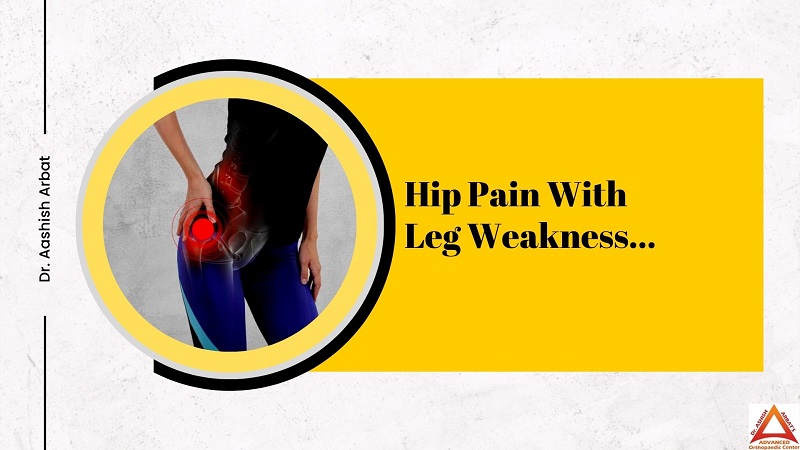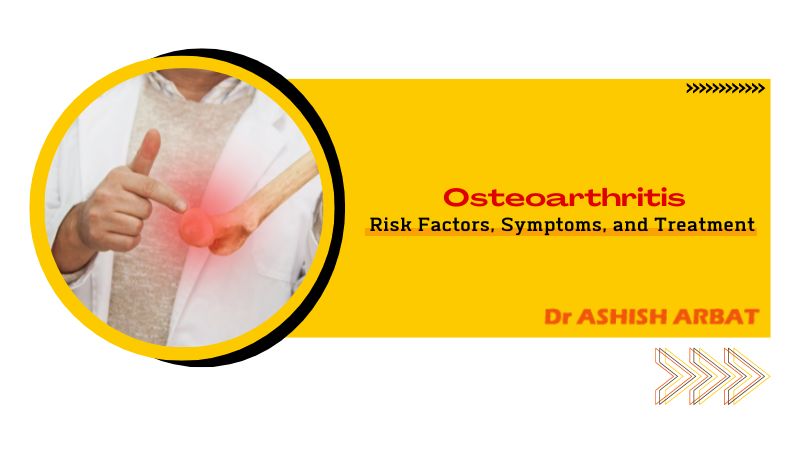Overcome Hip Pain with Leg Weakness
Hip pain can cause significant limitations to one’s daily activities and overall quality of life. When patients suffer from hip pain and leg weakness, everyday activities can become even more challenging. Whether it’s due to an injury, overuse, or an underlying medical condition, hip pain with leg weakness is a condition that requires immediate attention. It can also happen due to muscle weakness in the legs and hips treatment. What Causes Hip Pain That Radiates Down The Leg At Night? Various conditions, including sciatica, hip osteoarthritis, hip joint issue, bursitis, and herniated discs, can cause hip pain radiating down the leg to the knee at night and sometimes hip pain with leg weakness. Sciatica is a condition where the sciatic nerve, compression or irritation of the nerve that travels from the lower back toward the legs can lead to discomfort, numbness, or tingling sensations. Hip osteoarthritis can also cause pain in the hip joint that can radiate down the leg, especially when the person is lying down. Bursitis is the inflammation of fluid-filled sacs known as bursae that cushion the hip joint and can cause pain and stiffness. Joint Replacement Doctor in Pune suggests that sometime Herniated discs can also cause pain that radiates down the leg, especially at night when the body is at rest. Weak Hip Muscles Symptoms Weak hip muscles can lead to various symptoms that affect mobility, balance, and posture. As per the Orthopedic Surgeons, there are some common symptoms of weak hip muscles include pain or discomfort in the hip, lower back, or knee, limited range of motion, difficulty walking, in some cases, hip pain and weakness when climbing stairs, decreased balance and stability, and poor posture. In addition, weak hip muscles can also contribute to overuse injuries in other parts of the body, such as the lower back and knees, resulting in hip pain and leg weakness together. In severe cases, weakness in the hip muscles can lead to difficulty standing or even performing simple activities of daily living. Therefore, it is essential to address weak hip muscles through exercises, physical therapy, or other forms of treatment to improve strength, flexibility, and function. You Might Refer Reading: Best Orthopedic Doctor in Pune How To Relieve Hip And Leg Pain? There are several ways to relieve hip and leg pain, depending on the underlying cause. Here are some methods, according to Hip Replacement Doctor in Pune: Rest: Avoiding activities aggravating the pain and allowing the body to rest can help reduce inflammation and promote healing. Ice or Heat Therapy: Applying ice or heat to the impacted area can help alleviate pain and reduce inflammation. Stretching & Strengthening Exercises: Performing specific exercises that target the hip and leg muscles can improve flexibility, strength, and stability and alleviate pain. Massage Therapy: Massaging the impacted area can help reduce tension and promote blood flow, relieving pain in hip and leg pain covid. Medical Treatment: In more severe cases, such as hip pain with leg weakness together, medical treatment such as physical therapy, corticosteroid injections, or surgery may be necessary to relieve hip and leg pain Aching Legs and Hips At Night Various conditions, including restless leg syndrome, hip osteoarthritis, and peripheral artery disease, can cause aching legs and hips at night. Treatment may include medication, exercise, or lifestyle changes. If you or someone you are acquainted with is experiencing hip pain with leg weakness, consider consulting Dr. Aashish Arbat, with extensive knowledge of hip replacement surgery and a proven track record of successfully treating patients across India. He is the best hip replacement doctor in Pune. Dr. Arbat is an excellent choice for your healthcare needs. So don’t wait; schedule your consultation today.








